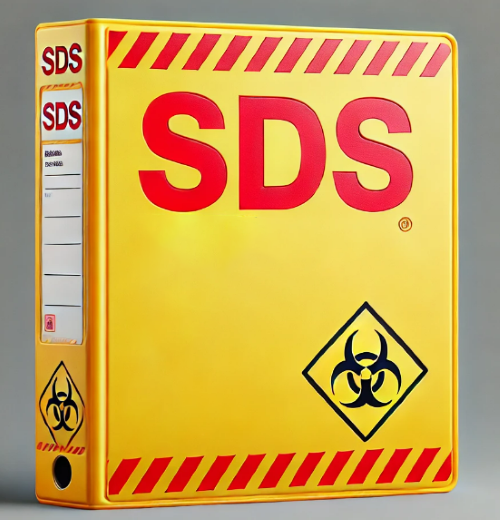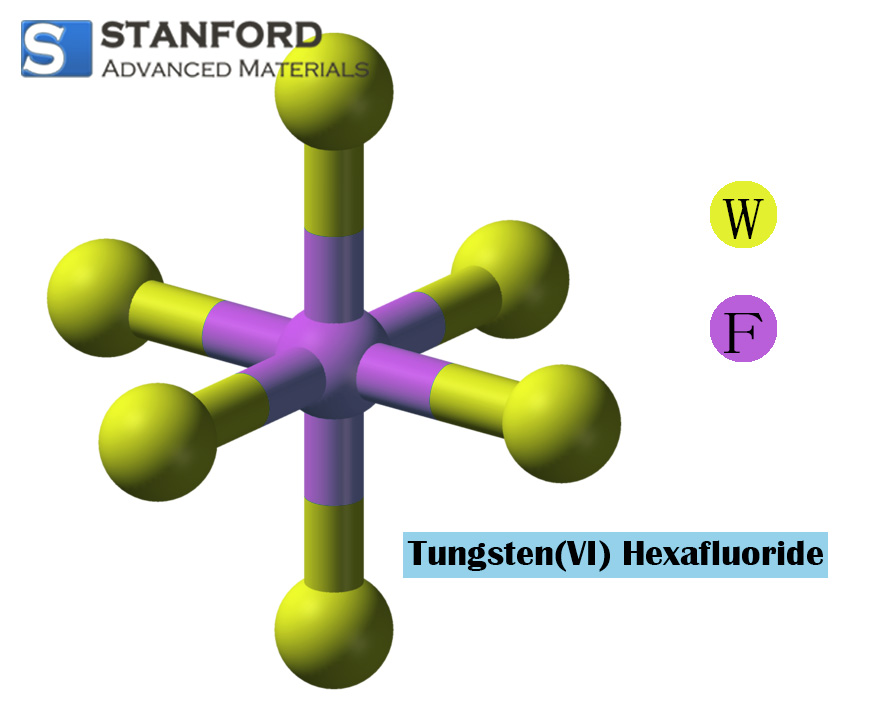MSDS of Molybdenum Oxide
1.Product identifiers
Product name : Molybdenum oxide
CAS-No. : 1313-27-5
Relevant identified uses of the substance or mixture and uses advised against
Identified uses : Laboratory chemicals, Manufacture of substances
Manufacturer/Supplier:
Stanford Advanced Materials
23661 Birtcher Dr.
Lake Forest, CA 92630
Tel: (949) 407-8904
Fax: (949) 812-6690
E-mail: sales@SAMaterials.com
2.Classification of the substance or mixture
Classification according to Regulation (EC):
Eye irritation
Carcinogenicity
Specific target organ toxicity
Precautionary statement(s):
Avoid breathing dust.
Use personal protective equipment as required.
Rinse cautiously with water for several minutes. Remove contact lenses, if present and easy to do. Continue rinsing.
3.Composition/information on ingredients
Synonyms : Molybdenum trioxide
Formula : MoO<SB>3</>
Molecular weight : 143.94 g/mol
CAS-No. : 1313-27-5
4.First aid measures
General advice
Consult a physician. Show this safety data sheet to the doctor in attendance.
If inhaled
If breathed in, move person into fresh air. If not breathing, give artificial respiration. Consult a physician.
In case of skin contact
Wash off with soap and plenty of water. Consult a physician.
In case of eye contact
Rinse thoroughly with plenty of water for at least 15 minutes and consult a physician.
If swallowed
Never give anything by mouth to an unconscious person. Rinse mouth with water. Consult a physician.
5.Firefighting measures
Suitable extinguishing media:
Use water spray, alcohol-resistant foam, dry chemical or carbon dioxide.
Special hazards arising from the substance or mixture:
Molybdenum oxides
Advice for firefighters:
Wear self-contained breathing apparatus for firefighting if necessary.
6.Accidental release measures
Personal precautions, protective equipment and emergency procedures:
Use personal protective equipment. Avoid dust formation. Avoid breathing vapours, mist or gas. Ensure
adequate ventilation. Evacuate personnel to safe areas. Avoid breathing dust.
Environmental precautions:
Prevent further leakage or spillage if safe to do so. Do not let product enter drains.
Methods and materials for containment and cleaning up:
Pick up and arrange disposal without creating dust. Sweep up and shovel. Keep in suitable, closed
containers for disposal.
7.Handling and storage
Precautions for safe handling:avoid contact with skin and eyes. Avoid formation of dust and aerosols.
Provide appropriate exhaust ventilation at places where dust is formed.
Conditions for safe storage, including any incompatibilities:store in cool place. Keep container tightly closed in a dry and well-ventilated place.
8.Exposure controls/personal protection
Appropriate engineering controls
Handle in accordance with good industrial hygiene and safety practice. Wash hands before breaks and at the end of workday.
Personal protective equipment
Eye/face protection:safety glasses
Skin protection:Handle with gloves
Wash and dry hands
Body Protection
Impervious clothing
Respiratory protection
Control of environmental exposure:prevent further leakage or spillage if safe to do so.
9.Physical and chemical properties
Appearance Form: powder
Colour: light grey
Odour odourless
Odour Threshold No data available
PH No data available
Melting point/freezing point
Melting point/range: 795 °C - lit.
10.Stability and reactivity
Chemical stability:stable under recommended storage conditions.
Incompatible materials:strong oxidizing agents, Strong acids
Hazardous decomposition products:formed under fire conditions. - Molybdenum oxides
Other decomposition products - No data available
11.End of Data Sheet
This material safety data sheet is offered solely for your information, consideration, and investigation. Stanford Advanced Materials provides no warranties, either express or implied, and assumes no responsibility for the accuracy or completeness of the data contained herein.



